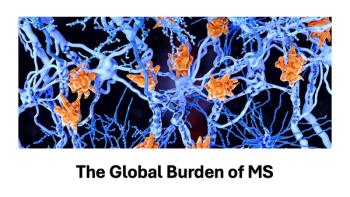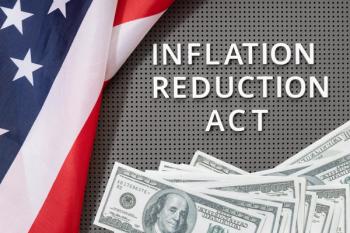
Milliman: Healthcare Costs for Americans Have Almost Tripled in 20 Years
Pharmacy costs and outpatient facility care generate 69% of the cost increase for 2025, according to Milliman’s recent Medical Index.
Healthcare costs for the average person increased 6.7% in 2025, according to the
“Pharmaceutical costs have been a leading driver of healthcare spending in recent years,” Milliman Principal and Consulting Actuary Dave Liner said in a news release. “This year, outpatient facility services and pharmacy costs together accounted for nearly 70% of the total cost increase. Much of the outpatient growth is linked to high-cost drugs administered in outpatient settings.”
The Milliman Medical Index (MMI), now in its 20th year, represents a projected total cost of covered healthcare services for an average person as well as for a hypothetical family of four (two adults and two children) covered under an average employer-sponsored preferred provider organization (PPO). It segments healthcare costs into five service categories: inpatient facility care, outpatient facility care, professional services, pharmacy, and other services.
The Index is the best estimate of annual healthcare costs grounded in actual health insurance claims incurred over multiple years. It uses data from Milliman’s own research tools, including Milliman’s
In this model, outpatient facility care and pharmacy now represent 37% of the total amount in the Milliman Medical Index, up from 30% in 2005. Outpatient facility care rose the fastest, from $1,858 in 2005 to $7,173 in 2025. Prescription drugs rose from $1,785 in 2005 to $5,954 in 2025.
Employee contributions and out-of-pocket costs have also grown over the 20-year period from 2005 to 2025. Employees now pay more through payroll deductions; their contributions rose from 21% in 2005 to 27% in 2025, while employee out-of-pocket spending decreased from 18% to 15%.
Milliman researchers also looked at pharmacy rebates. They projected that rebates in 2025 would be approximately 31% to 33% of allowed drug costs for an average person, and if employers were not receiving the rebates, the average person's cost would have been $768 (or 9.8%) higher.
“Annual growth has averaged 6.1%, far outpacing any other household expense,” Milliman Principal and Consulting Actuary Deana Bell said in the press release. “No other cost category has risen as steeply or as consistently over the past two decades. Outpatient facility care saw the largest increase of any category, rising 286% since 2005, reflecting the growing complexity of procedures now handled outside of inpatient settings.”
Over the past 20 years, healthcare costs have gone up by 188%, while wages have gone up 84%, according to Milliman.
Consumer Experiences
The higher costs come at a time when many Americans are struggling to understand their healthcare costs and afford healthcare. A
About one in four adults said they postponed care because of costs; 21% said they have not filled a prescription because of the cost. About one in ten adults say they have cut pills in half or skipped doses of medicine.
In a separate
This KFF survey included a representative sample of 3,605 U.S. adults ages 18 and older with employer-sponsored insurance, marketplace coverage or Medicare or Medicaid.
Newsletter
Get the latest industry news, event updates, and more from Managed healthcare Executive.






















































